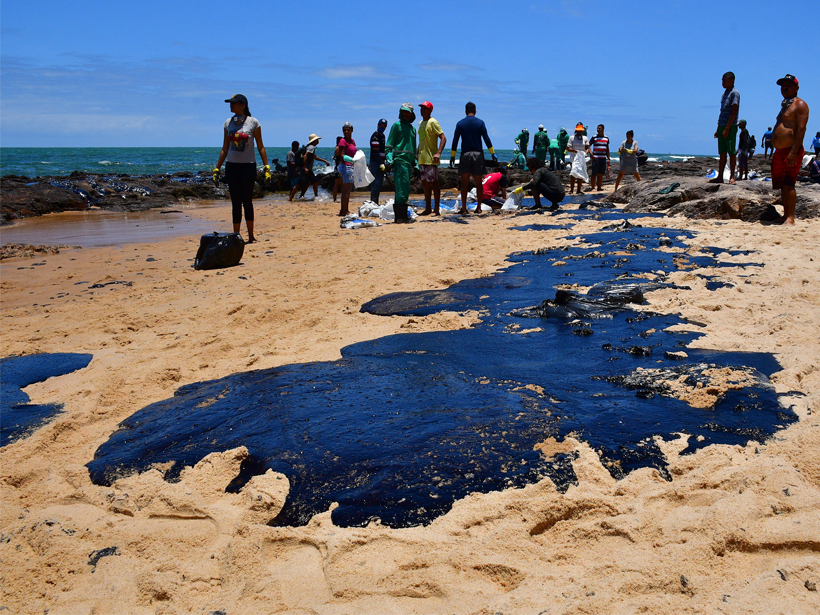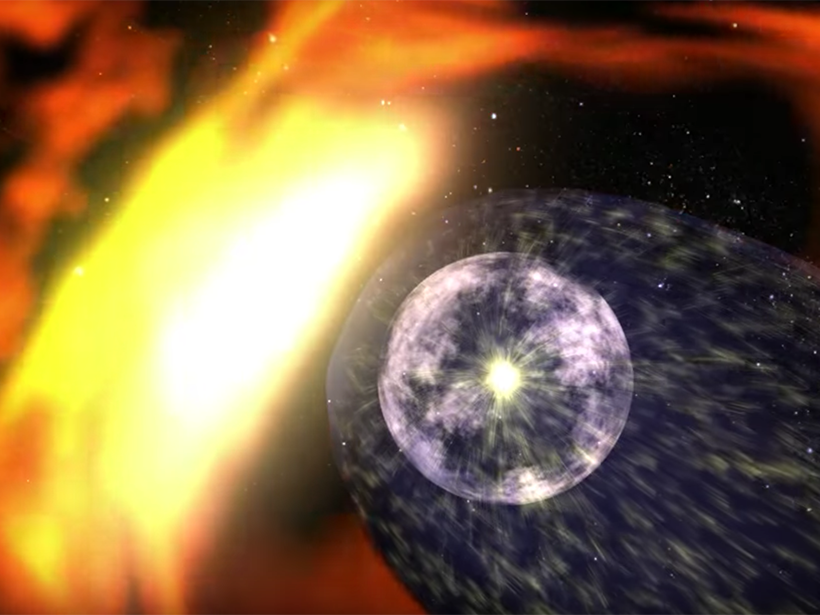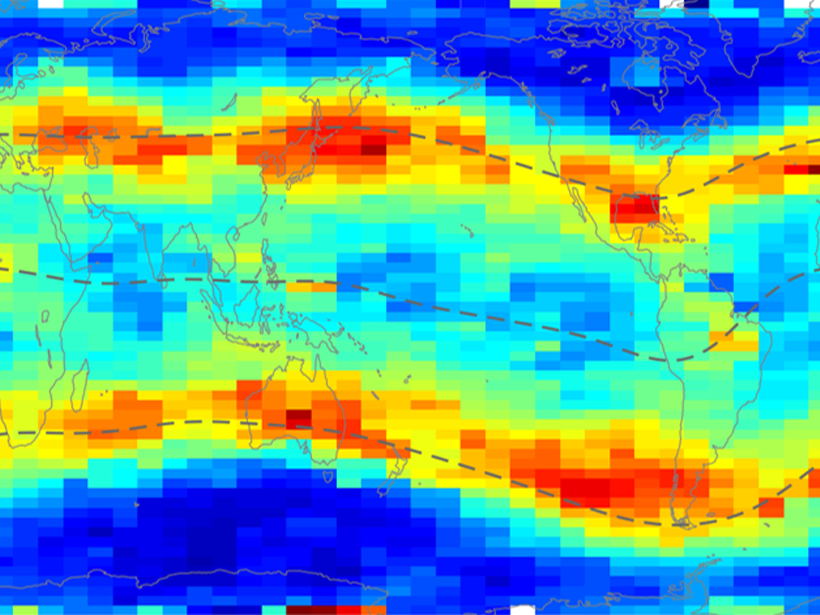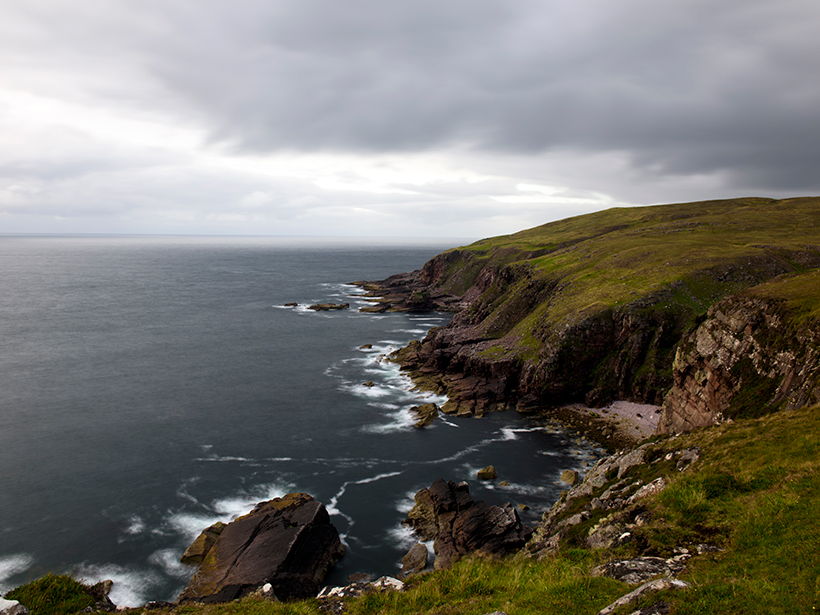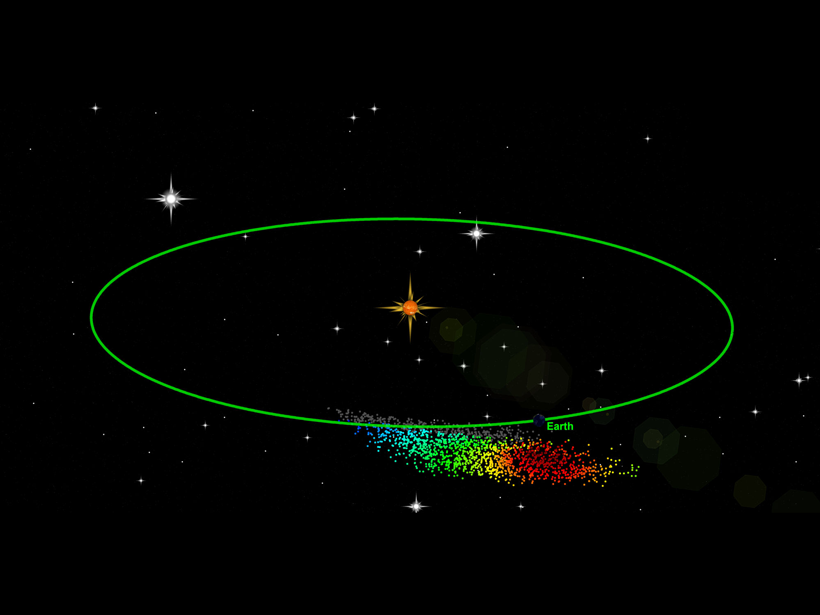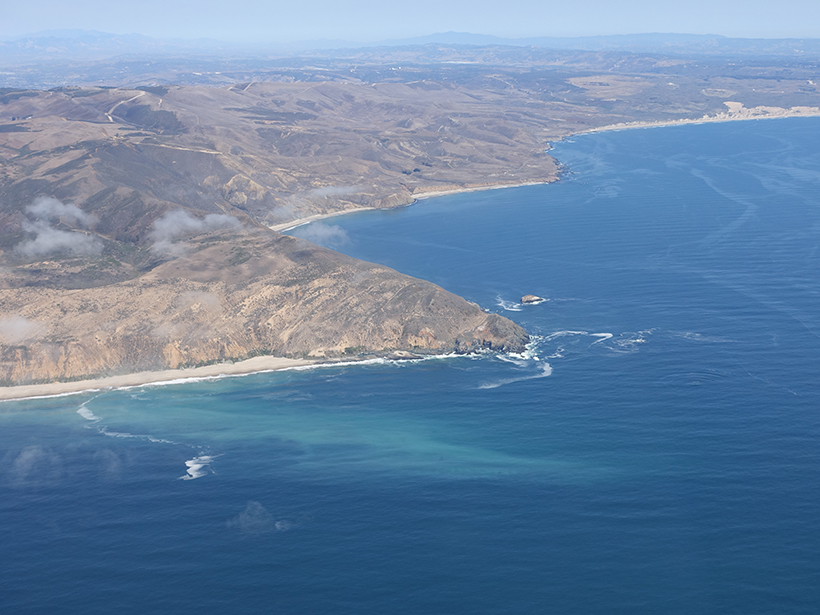Thousands of barrels of oil have been tarring Brazil’s beaches since September, and no one knows why. An oil spill scientist is running oil forensics to find out.
unsolved mysteries
What Inflates the Solar Bubble? Voyagers Count What’s Missing
The first in situ measurement of the pressure at the edge of the solar system reveals that there’s still a lot we don’t know about what sets the size of the heliosphere.
Holistic Views of the Nighttime Ionosphere
The nightside ionosphere, at latitudes away from the auroral zone, should have very little charged particle density, but it doesn’t. A new comprehensive study of satellite data explains why.
The Mystery of the Moon’s Missing Metals
For decades, scientists have tried to figure out why the Moon has a thousand times less precious metals than Earth. Turns out the metals may not have been delivered after all.
The Search for the Impact That Cratered Ancient Scotland
Great Britain’s largest impact crater likely lies in the Scottish Highlands. Scientists dispute whether it’s to the west or the east.
Fireballs Could Provide Clues to an Outstanding Meteor Mystery
Fireballs in the summer sky may signify a chance to probe their mysterious origin.
Paleomagnetism Indicators May Be Flawed
A new study finds that magnetism in volcanic ash tuff forms through varied processes, calling into question previously reliable signatures used to study variations in Earth’s magnetic field.
Mysterious Coral Reef Halos Can Be Seen from Space
Grazing rings around reefs have the potential to be used as a tool for monitoring reef health, but first, scientists have to figure out what factors govern halo size differences.
Untangling a Web of Interactions Where Surf Meets Coastal Ocean
In 2017, an ocean research team launched an unprecedented effort to understand what drives ocean currents in the overlap regions between surf zones and continental shelves.
New Model Shines Spotlight on Geomagnetic Jerks
Scientists get one step closer to being able to predict jerks—notoriously capricious changes to Earth’s geomagnetic field detectable by satellites.

